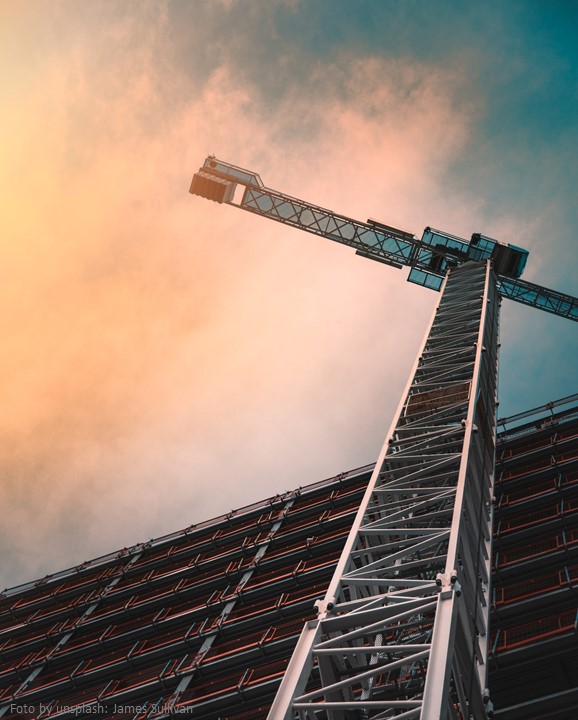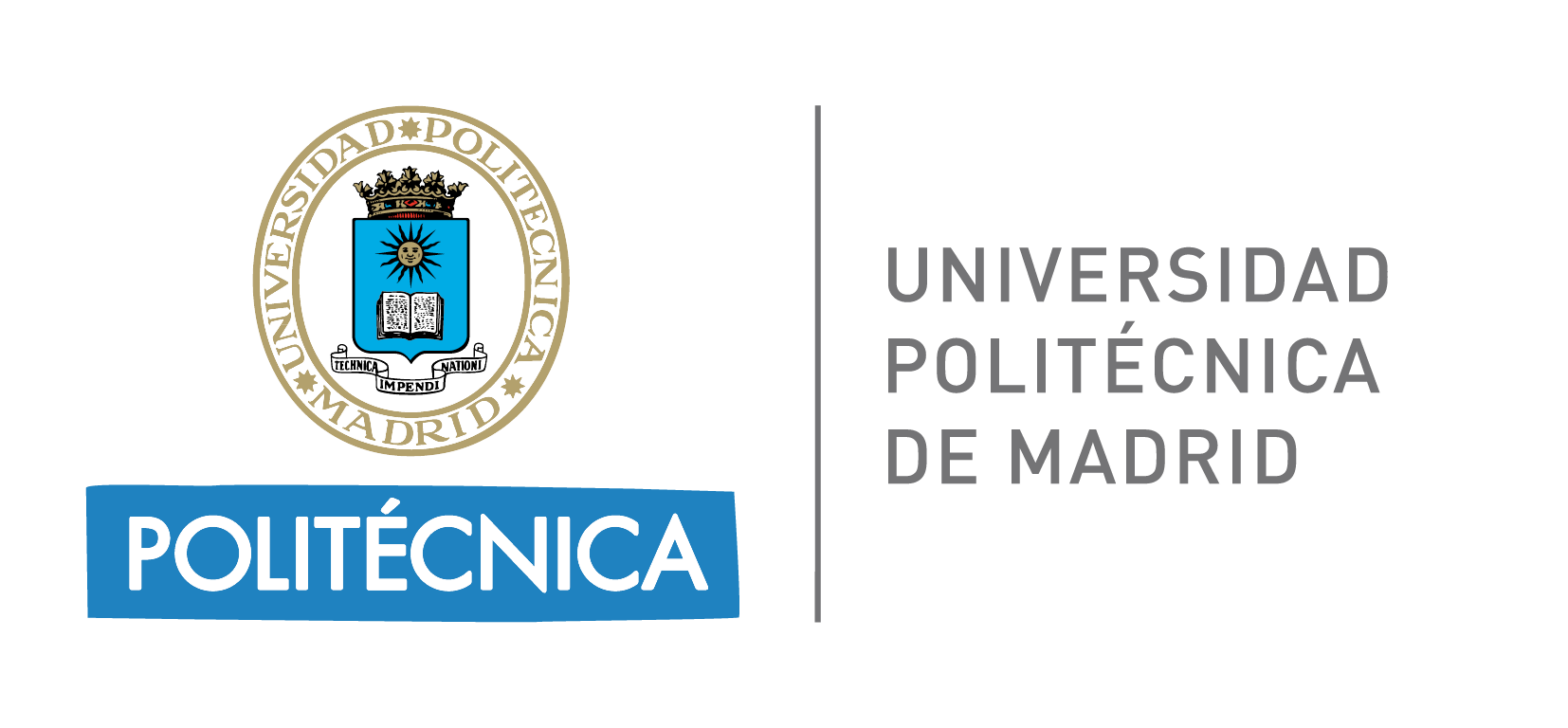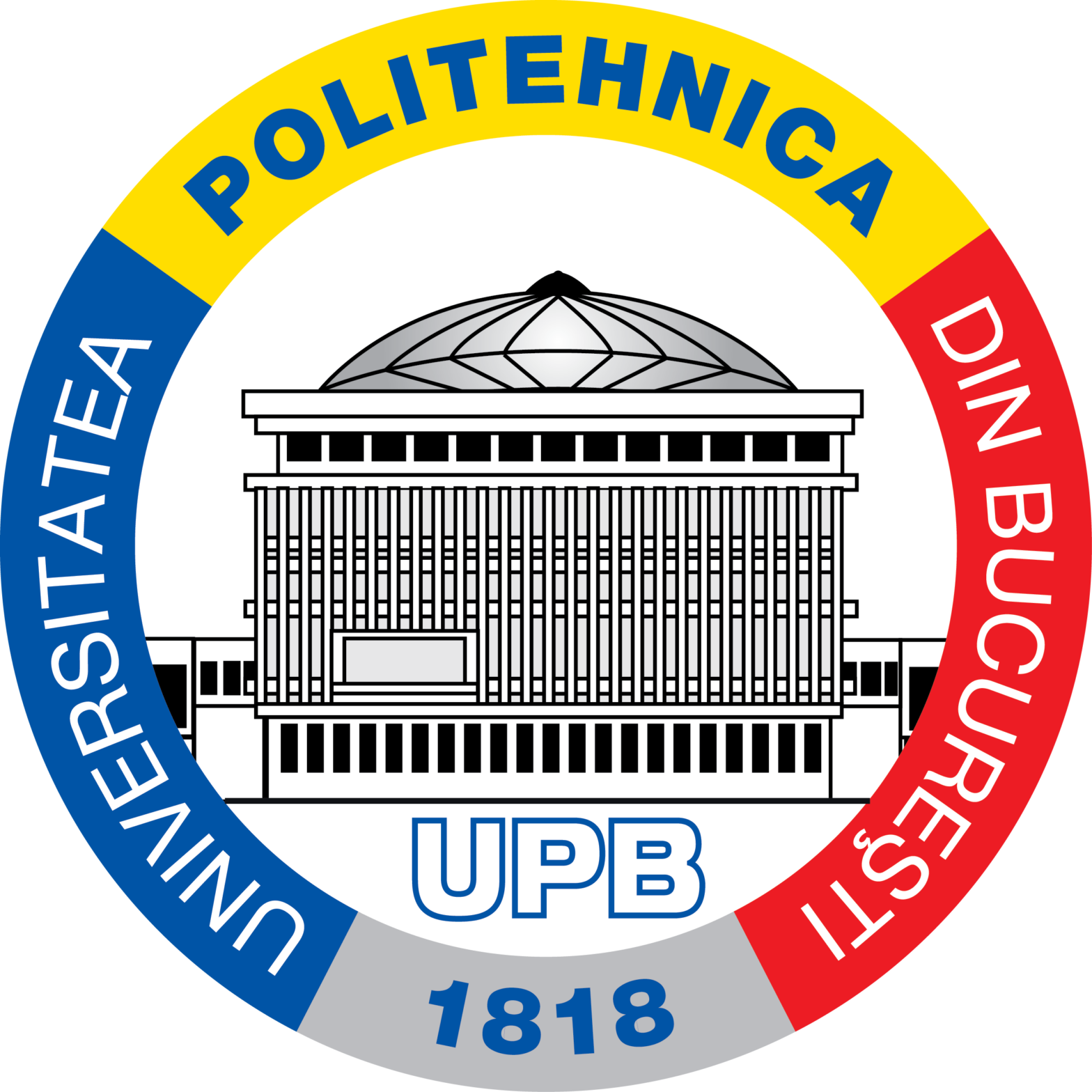From Industrialized Construction to Near-Zero Consumption Buildings (INCO-0)

Industrialized construction is conceptually very different from the traditional construction process, which is characterized by the fact that all construction work is carried out on site, i.e., at the construction site. It is characterized by the fact that components are manufactured in workshops and transported to their final location for assembly. Industrialized construction is a safe, profitable and quick-to-install system that is also sustainable from an environmental point of view. In addition, the design and production process are much more controlled and automated, allowing for better cost and time control.
Industrialized construction is much more sustainable and modern because:
- There is less waste because most processes are done in a workshop or factory.
- Energy and water are saved.
- The execution time of an architectural project is reduced, both in manufacturing due to a standardized design and automated process, and in construction because assembly is easier and faster.
- Occupational injuries decrease because the physical conditions in which the work is performed are less harsh and the environment is better controlled.
- There is less dependence on the weather, a crucial factor that in traditional construction extends deadlines and thus increases the final cost of a structure. In industrialized construction, most of the processes are carried out inside the factory and only the final assembly takes place outside.
- Maintenance of industrialized buildings is simplified, as damage is repaired by disassembling the damaged element and processing it separately, thus avoiding the creation of debris.
It is important that industrialized construction be accompanied by near-zero consumption in the building process, with two basic principles: (1) that their energy efficiency is very high, and (2) that the small amount of energy they require comes largely from renewable energy sources generated on-site or in the surrounding area.
With better process control, processes are automated and execution phases are more clearly defined. In terms of environmental impact, less waste is generated, and less water, raw materials and energy are consumed in the execution phase. Nowadays preference is given to buildings with near-zero consumption, which make it possible to reduce CO2 emissions and the use of non-renewable energy in favor of clean or renewable energy. Industrial and low-consumption construction is therefore closely linked to the sustainable construction of buildings.
This proto-community is based on these two axes (industrialization and near-zero consumption), which are key to a more sustainable building. The actions we propose in this proposal aim to improve the environmental principles of sustainable building. These include: the conservation and reuse of resources, preferably recyclable and renewable, the management of the life cycle of the raw materials used with the corresponding prevention of waste and emissions, the reduction of energy consumption, the increase of quality, both in materials and in buildings and the urban environment, or the creation of a healthy environment in buildings.






















